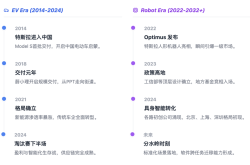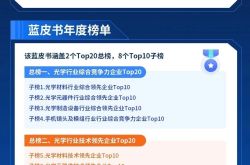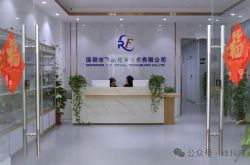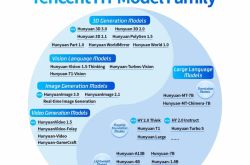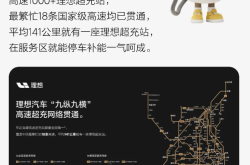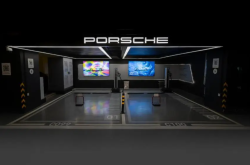Echoing the Counterattack of Joint Venture Automakers in the Electrification Era
![]() 05/06 2025
05/06 2025
![]() 714
714
At the 2025 Shanghai Auto Show, joint venture automakers staged a significant counteroffensive. Historically, domestic automakers have dominated the stage, with joint ventures often playing a supporting role. However, after navigating price wars, advancements in intelligence, and the transition to electrification, joint venture automakers have realized that the Chinese market has undergone profound transformations. To remain competitive, they must now showcase their robust capabilities against Chinese local automakers. An undeniable fact is that joint venture brands' market share in China has rapidly declined, dropping from 60% in 2020 to below 35% in 2024.
The current scenario suggests that if joint venture automakers continue with a passive approach, they risk elimination. Their counterattack is not merely a technical adjustment but involves comprehensive strategic innovations, new cooperation models, and an electrification transformation tailored to the unique demands and rapid changes of the Chinese market. The product offensive is intense, with Volkswagen Group leading the charge. As the largest exhibition delegation, five of its seven globally launched models are exclusively developed for the Chinese market. General Motors' Buick brand introduced the "Xiaoyao" super architecture, supporting flexible production of MPVs, SUVs, and sedans, while Cadillac's LYRIQ-V redefines American luxury with a breathtaking 0-100km/h acceleration in 3.3 seconds.
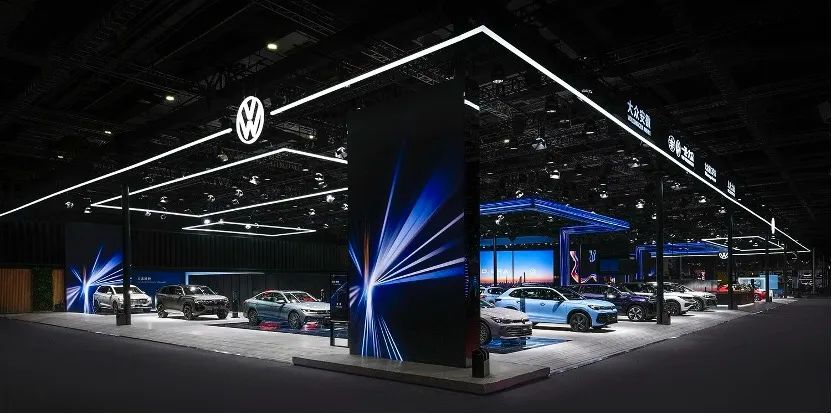
Japanese brands are equally ambitious. Nissan unveiled its first pure electric sedan, the N7, based on the new energy architecture "Tianyan." The Sino-Japanese R&D team at Zhengzhou Nissan launched the first plug-in hybrid pickup, the Frontier Pro PHEV. GAC Toyota's D-class flagship pure electric sedan, the Boxi 7, features Huawei's HarmonyOS cabin and Momenta's lidar intelligent driving system, while Honda's mass-produced coupe SUV, the Ye GT, designed by a Chinese team, also made its debut. Additionally, luxury car brands like Mercedes-Benz's CLA and Audi, represented by the AUDI model, have adopted China's intelligent or battery supply solutions for their new models.
Leveraging local technology to initiate Reverse Joint Venture 2.0, all these joint venture models share a common trait—their intelligent technology originates from China. In essence, this Shanghai Auto Show was more about the internal competition of local intelligent technology than the unveiling of new joint venture brand cars. Overseas brands no longer dominate model development, with the right to speak shifting to local players, making the soul "Made in China."
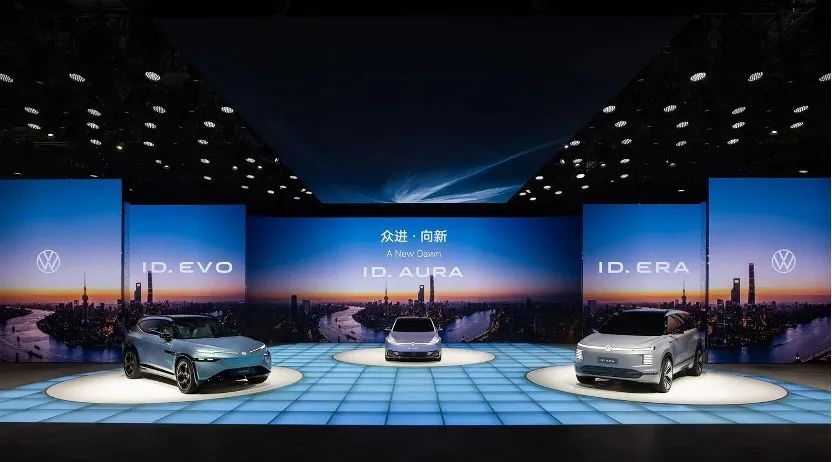
Among Volkswagen's three new concept cars—ID.AURA, ID.ERA, and ID.EVO—ID.AURA is equipped with an advanced driver assistance system developed in collaboration with the Chinese enterprise Corewise (a joint venture with Horizon Robotics). The latter two models' intelligent driving and cockpit systems, along with their electronic architectures, stem from XPeng. Buick's plug-in hybrid GL8 Lushang is based on the CLEA architecture independently developed by SAIC-GM, utilizing Momenta technology for intelligent assisted driving. Nissan's N7 is primarily developed by the Dongfeng Nissan team, sharing a platform with Dongfeng eπ007 in design, using CATL's ternary lithium batteries, and equipped with an end-to-end intelligent driving model provided by Momenta.
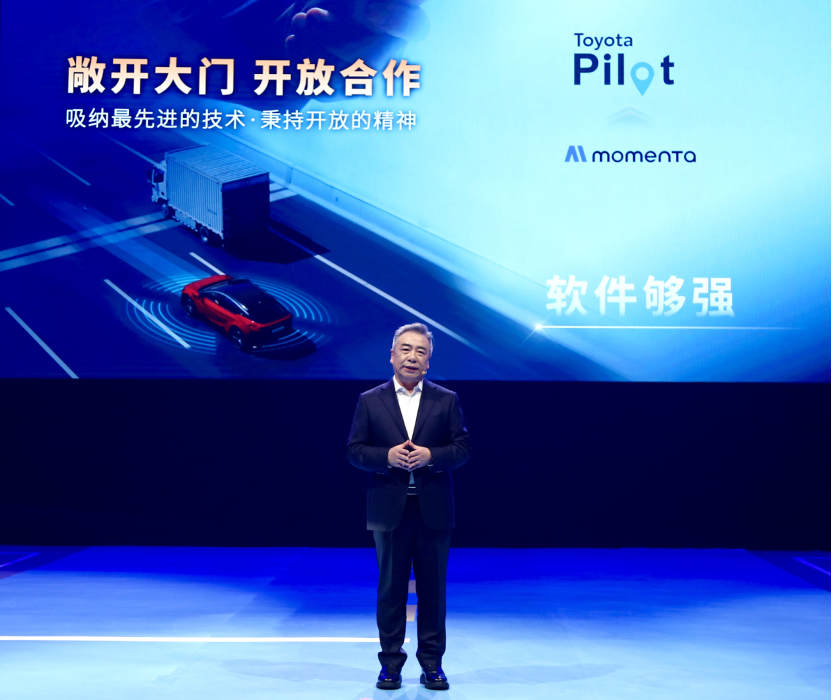
Based on the above, it's evident that joint venture automakers primarily adapt to the local environment through intelligent ecological cooperation, localization of the electric system, and changes in the R&D system. In terms of intelligence, Toyota integrates the HarmonyOS system, Volkswagen collaborates with Horizon Robotics on ADAS, and Nissan adopts Momenta's intelligent driving solutions, all relying on the algorithm and chip support of Chinese technology companies. For the electric system, companies like BYD's Fudi Battery and CATL provide core power batteries to Toyota and Honda for cost optimization.
Regarding the R&D system, decision-making power is gradually shifting to local teams, reducing the R&D cycle and enhancing product production efficiency. Joint venture automakers have enjoyed the benefits of China's rapid development and also experienced sharp declines. With decades of deep cultivation in the Chinese market, its rapid evolution means joint venture automakers can no longer "win easily." To sustain their presence in this largest single market, they adopt a "more Chinese" approach to reshape their competitiveness. Localization of joint ventures - a strategic layout of "In China, for China." Volkswagen plans to launch over 30 new energy models in the next three years, encompassing pure electric, plug-in hybrid, and extended-range electric vehicles, accelerating technological iteration through the local supply chain in China. Simultaneously, SAIC-GM stated it will increase investment in new energy to achieve a share of over 50% in new energy efficiency by 2026.
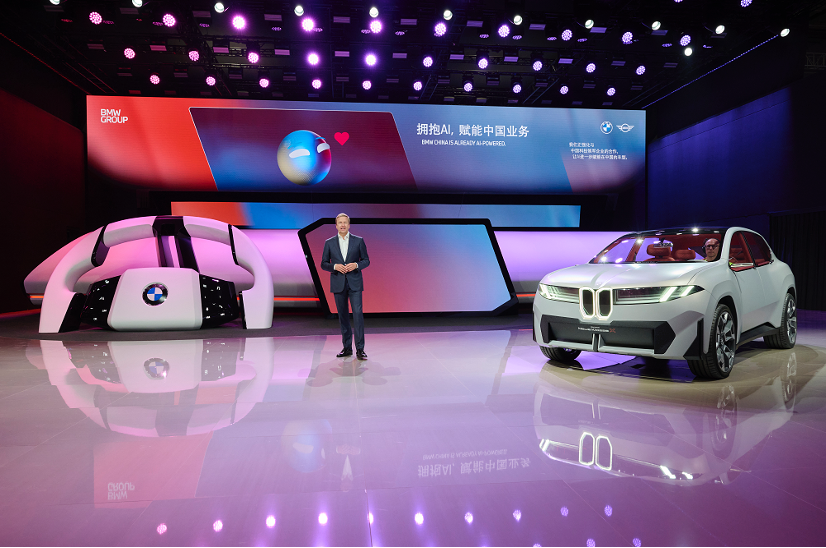
According to plans, BMW will introduce more than 10 new models in China by 2025, expanding to over 20 models by 2026-2027, covering the new generation series, M high-performance models, and MINI electrified products. Nissan China has announced plans to accelerate product lineup renewal, aiming to launch 8 new energy vehicles by 2026, including 5 Nissan brand models. Beijing Hyundai, which has been slower in electrification, also plans to focus on localization, intelligent electrification transformation, and overseas market expansion. Both shareholders will increase their capital by 8 billion yuan to fully support Beijing Hyundai in areas such as product research and development, brand building, and channel upgrades. Strategically, it proposes the "In China, for China, to the world" approach.
Summary: Amidst the robust rise of domestic new energy vehicles, joint venture automakers face significant challenges. Under market pressure, we observe overseas automakers beginning to cooperate with China's supply chain. This trend extends beyond technological cooperation, encompassing market, industrial chain, and policy cooperation. It is foreseeable that in 2025, joint venture brands will ignite a new wave of competition in China's new energy vehicle market. At the 2025 Shanghai Auto Show, several joint venture automakers, including Beijing Hyundai, Yueda Kia, and Chevrolet, quietly retreated. In two years, will joint venture automakers bring more surprises or regrets to the auto show? Time will tell.
(Images sourced from the internet, please remove if infringing)

